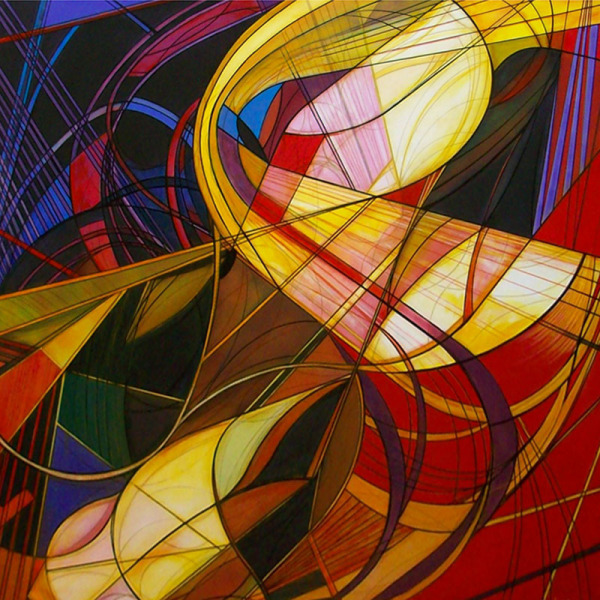By Lida Prypchan
“We can conceive of a world dominated by an invisible tyranny which adopts the form of a democratic government.”
Kenneth Boulding
In the same way in which we are sold a commercial product, the same is done with the image of a political candidate. Adlai Stevenson complained precisely of this in the 1952 elections in the United States, in which he was defeated by General Eisenhower. Stevenson said: “The idea that you can merchandise candidates for high office like breakfast cereal… is, I think, the ultimate indignity to the democratic process.” Not only is it immoral but it is also extremely dangerous.
It is dangerous because while it is true that we are in the era of the masses, all the same we live in the era of the isolated man. We should not let this isolated man pass by unnoticed, as he is a solitary being with his own cause and own story. To do so we must go back to the two essential facts that characterized the evolution of humanity in the nineteenth century: the typification of nations, in structure and spirit, and secondly, the evolution of demographics and habitat. The first issue deals with how people began to participate in public life and the second resulted in overcrowding and impersonality, with its baleful consequence: the dissolution of traditional cells (e.g., the family). The end result was that since people felt isolated and disoriented, they took refuge in the false human warmth emanating from the masses. People in the large impersonal cities feel afraid, afraid of unemployment, war, misery. The propagandists, the builders of political images take advantage of this situation. That is why political propaganda has been so disparaged.

